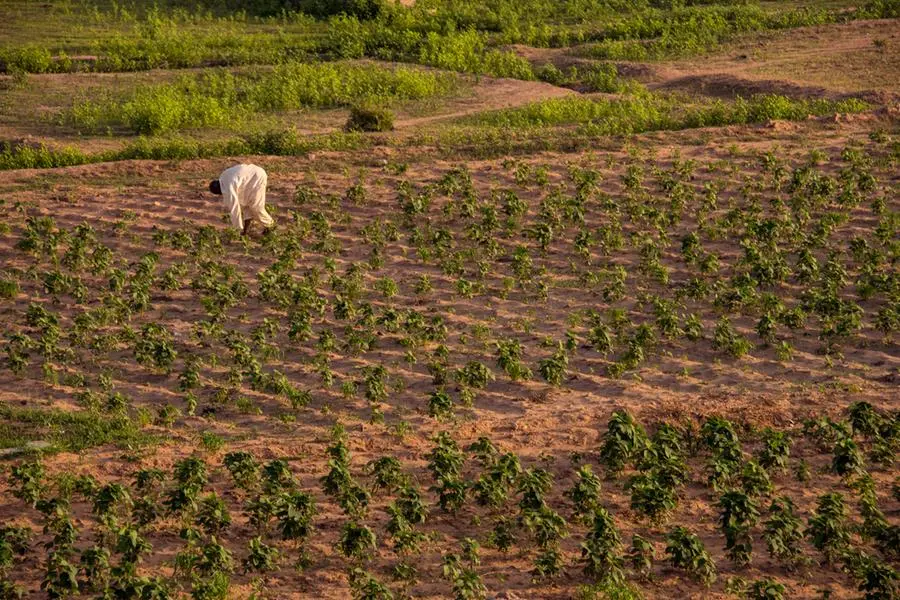
By David Akinmola
After years of decline, Nigerian banks are gradually returning to the agricultural sector, with credit allocation to agribusiness rising to 5.33 per cent of total bank lending as of May 2025, according to the Nigeria Incentive-Based Risk Sharing System for Agricultural Lending (NIRSAL).
The figure marks a modest but significant recovery from the 4.82 per cent recorded in 2024, reflecting renewed confidence in the sector following improved risk management frameworks and policy support.
NIRSAL, which facilitates commercial financing for agriculture through credit guarantees and technical support, said it had enabled over ₦70 billion in fresh funding for agribusinesses in the third quarter of 2025 — the institution’s strongest quarterly performance since inception in 2013. The latest disbursement represents nearly a quarter of the ₦270 billion it has mobilised for agricultural ventures to date.
According to NIRSAL’s Managing Director, Sa’ad Hamidu, the figures demonstrate that agriculture can attract sustainable, commercial lending when risks are properly mitigated.
“₦70 billion may seem modest compared to the size of Nigeria’s agricultural financing gap, but it proves that with the right structures, banks can lend profitably to the sector,” Hamidu said.
The renewed flow of credit is being driven by a combination of factors — including NIRSAL’s intervention tools, capacity-building programmes for lenders, and partnerships with new entrants in the banking space that are increasingly using data and digital models to assess agricultural risk.
Over 1,100 bank staff have so far been trained in agricultural finance this year, alongside value chain actors involved in commodity exports, feedlot management, and climate adaptation initiatives. NIRSAL has also developed a digital LandBank portal to connect farmers, financiers, and input suppliers across the agricultural ecosystem.
Despite the progress, sector analysts say the overall level of credit remains well below what is required to transform agriculture into a major economic growth driver. They point to persistent structural constraints, including limited access to infrastructure, insecurity in farming regions, and inadequate market linkages.
The House of Representatives recently called on the Central Bank of Nigeria (CBN) to inject an additional $3 billion into NIRSAL’s operations to expand agricultural financing and tackle food insecurity. Lawmakers noted that low capital investment in the sector has continued to stifle productivity and deepen poverty, even as demand for food and raw materials grows.
While NIRSAL targets ₦150 billion in new agricultural lending by the end of 2025, observers say the real test will be whether banks sustain the momentum and view agriculture not merely as a social obligation but as a viable commercial frontier.
For now, the rebound in lending signals cautious optimism — and perhaps the beginning of a long-awaited reawakening in Nigeria’s agribusiness finance landscape.






